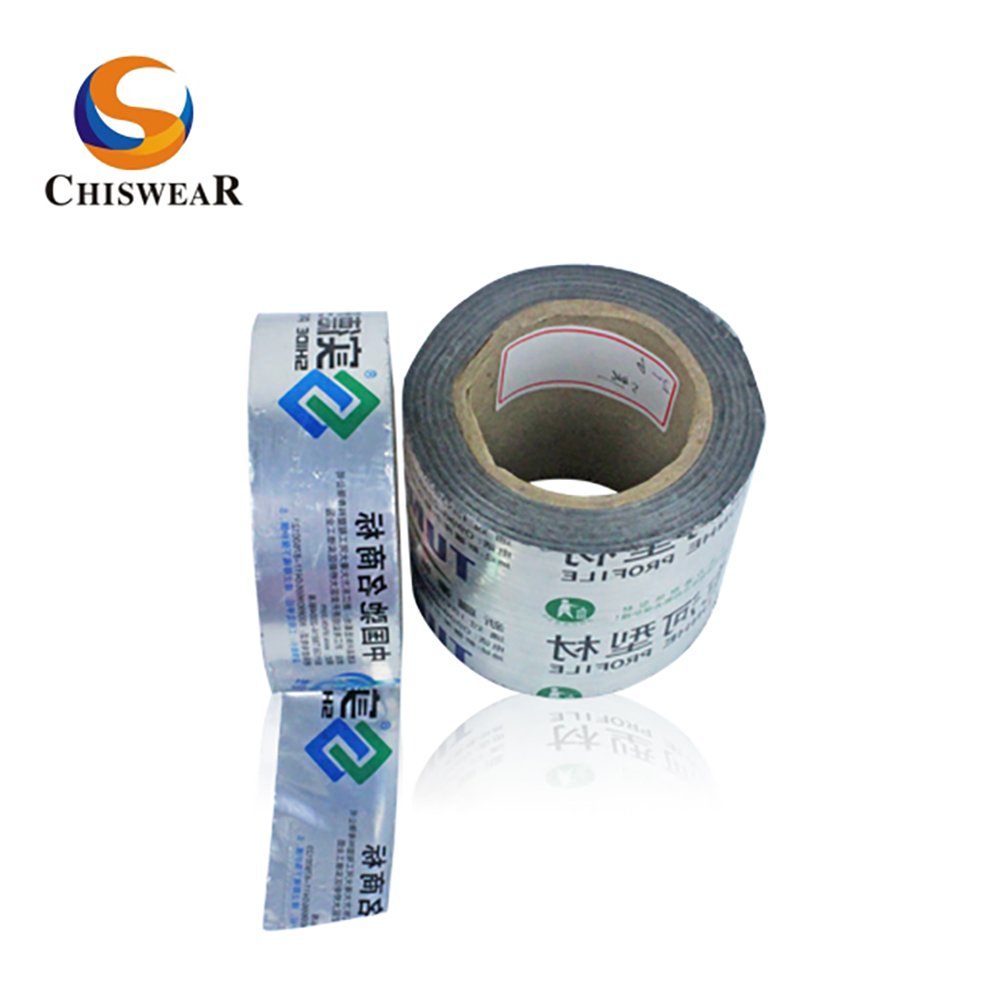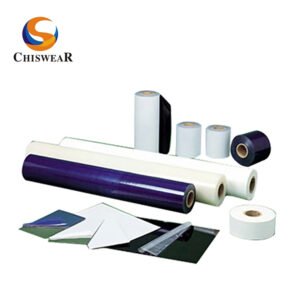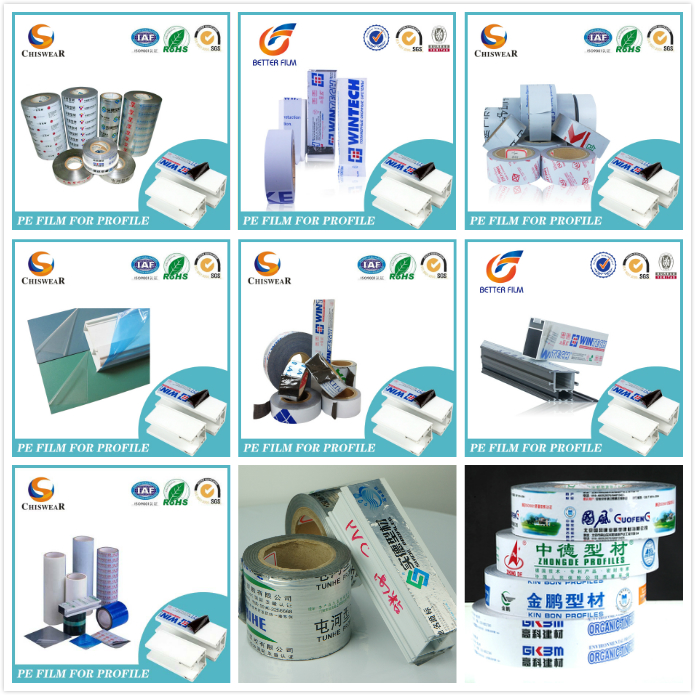Table of Contents
- Introduction
- Advantages of Custom Printed Protective Films:
- Case Studies
- Implementation Steps
- Conclusion
- References
Meta Description
Learn how custom printed protective films protect products while enhancing brand image, promoting customer loyalty, and delivering essential information through branding strategies.
Introduction
Protective films or tapes are thin films made with materials like plastics or polymers. For example, these are commonly made using polyethylene (PE), polyvinyl chloride (PVC), polypropylene (PP), glass, etc. These films have adhesive properties and are meant to protect the surfaces during transportation, storage, manufacturing, and daily use.
However, in addition to the basic function of protection against wear, scratches, impact, moisture, etc. they have a very important role to play in today’s world of branding. Advertising a brand’s image and informing to the end-users are among the most crucial roles played by a custom-printed protection packing film. These films are printed with a company’s logo and they carry a brand’s entire persona. Moreover, custom-printed tapes also play a very important role of informing the customers. Let us have a look at how these goals are achieved.

Advantages of Custom Printed Protective Films:
Protective films today have surpassed the basic function of protection. Their role encompasses not just protecting the product but also enhancing its appearance, helping companies further their brand image and add value to their products through custom-printed packaging films.
· Brand identity:
Custom printed protection films are used as valuable labels that carry a brand’ logo, its unique color scheme, and the brand’s mission statement. In short, these films transmit a brand’s complete aura to the end-user, making it possible for the company to establish its brand identity through visual impact. It helps the company get their products distinguished from their competitors every time a purchase decision is made by the customer. They can identify a product readily amid hundreds of other brands.
· Premium Look
A high quality protective film gives an elite appearance to the product by enhancing its aesthetic appeal. It adds to the value of the product and provides end-users with an ultimate retail experience.
· Brand loyalty
Products with better branding are more likely to get loyal customers. This is because a product that gives a comprehensive branding experience and a memorable unboxing every time customers interact with it will more likely be bought again.
· Educating the Customer about Product Usage
Protective packaging tapes are printed with important instructions about the usage of the product. This helps the brand educate their customers so that they can get the best out of a quality product. Step-by-step instructions enable the end-users to properly use the product and avoid any confusion.
· Elaborating Product Features
Brands use their packaging to elaborate their product’s salient features that distinguish them from others. This way, printed tapes provide a huge opportunity for effective marketing.
· Stating Precautionary Measures

When a product potentially has hazardous contents, the protective packaging films are printed with caution that must be taken. Moreover, safety measures while handling the product are also provided through these tapes so that the product does not get damaged.
· Printing Eco-Friendly Policies

One of the biggest advantages of using printed protection tape in today’s increasingly environmentally conscious market is that the companies can prominently showcase their eco-friendly practices. They can print the signs showing that their brand uses recycled products. Moreover, they can boast about using biodegradable content and packaging, helping their customers make a learned decision.
Case Studies
Let us have a look at some of the practical examples where the faints in their fields are making use of custom-printed protection packaging films to further their brand image:
- Apple has been extensively using custom-printed protective tapes since long. These tapes give a sleek appearance to their products and are printed with their logo. They align with their brand image and give it an overall appearance of a luxury brand.
- Samsung also uses protective films for branding. Moreover, these films mostly have instructions printed on them for proper application, use, and removal, etc. These tapes have contributed to enhanced customer experience and improved level of satisfaction due to prompt instructions about handling and usage of the product.
- Boeing protects its sensitive components with the help of custom-printed tapes during manufacturing, transportation, and handling. These tapes have safety instructions and clear directions about handling the parts. It helps ensure the safety of their products and showcases Boeing as a professional brand taking care of each and every aspect meticulously.
Implementation Steps
Given a high degree of impact protective films have on branding, it is imperative to ensure the appropriate selection of the films and implement a well-formulated branding strategy for custom-printed films.
- It all starts with selecting the right material for your protective films. Here, a lot of factors come into play. For example, the degree of protection needed. Moreover, company’s eco-friendly policies are also decisive in selecting the material. Similarly, the type of surface to be protected also has a decisive role. The required level of flexibility should be considered as well. Where some products, like plastic ones, require more flexible tapes, others, like smartphone screens, can do with less flexible films like tempered glass.
- Secondly, the tapes need to be printed in a way that aligns with the brand’s overall image. For instance, Apple has always maintained a minimalist approach and hence its protective packaging also aligns with it and is printed with logo only.
Conclusion
In today’s competitive market, custom printed protective films have become a powerful tool for enhancing brand image while fulfilling their primary role of product protection. By incorporating logos, instructions, and brand messages, these films not only safeguard products but also promote brand identity, improve customer experience, and communicate essential information. Companies like Apple, Samsung, and Boeing have successfully leveraged this strategy, showcasing how custom protective films contribute to a premium look, customer loyalty, and professionalism. Selecting the right materials and aligning designs with brand values is key to fully utilizing their potential in branding.










